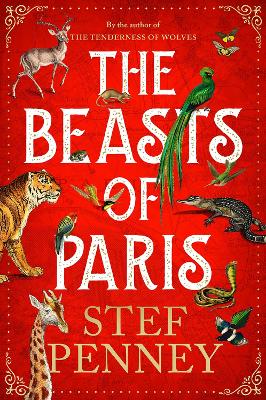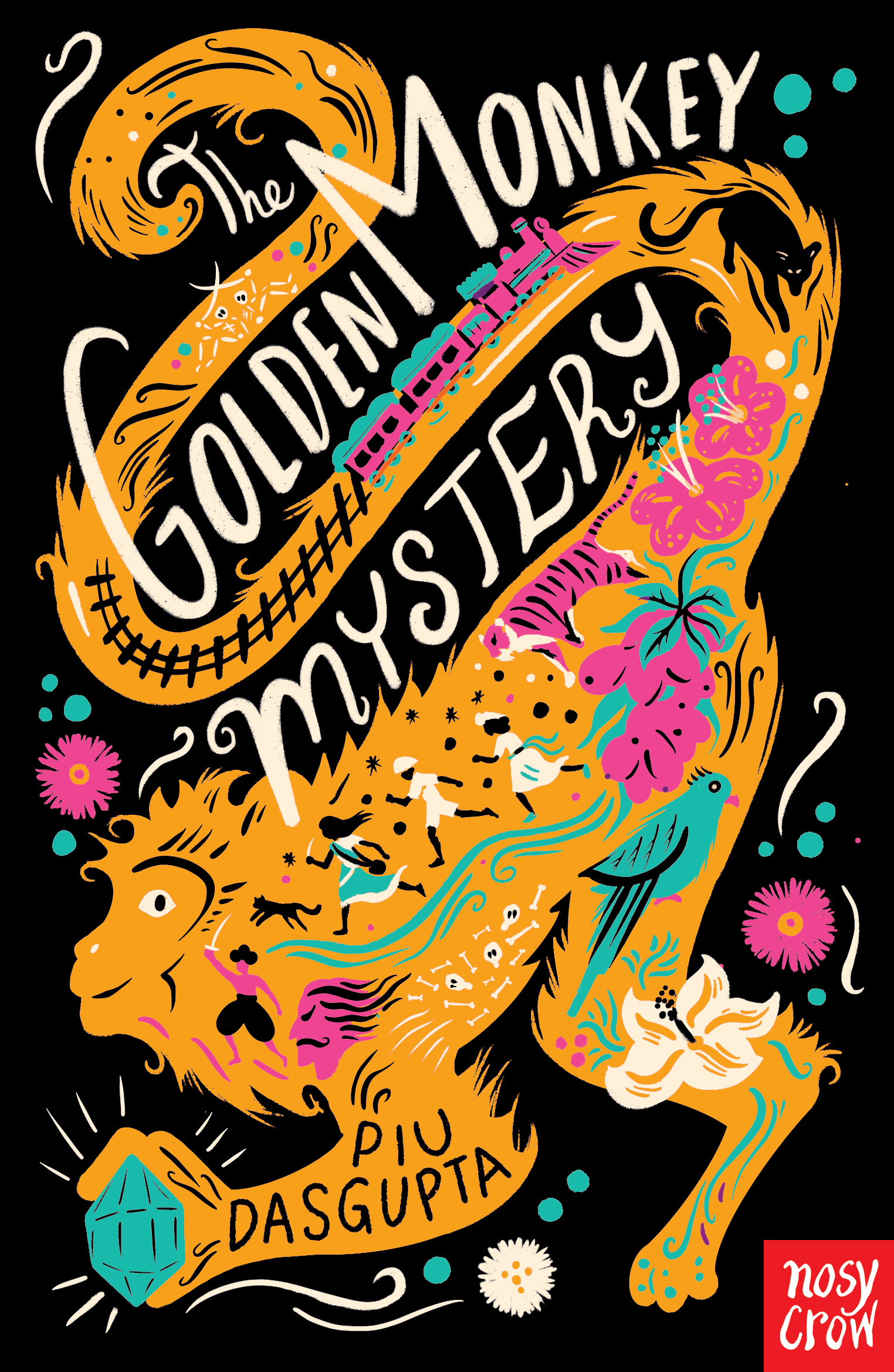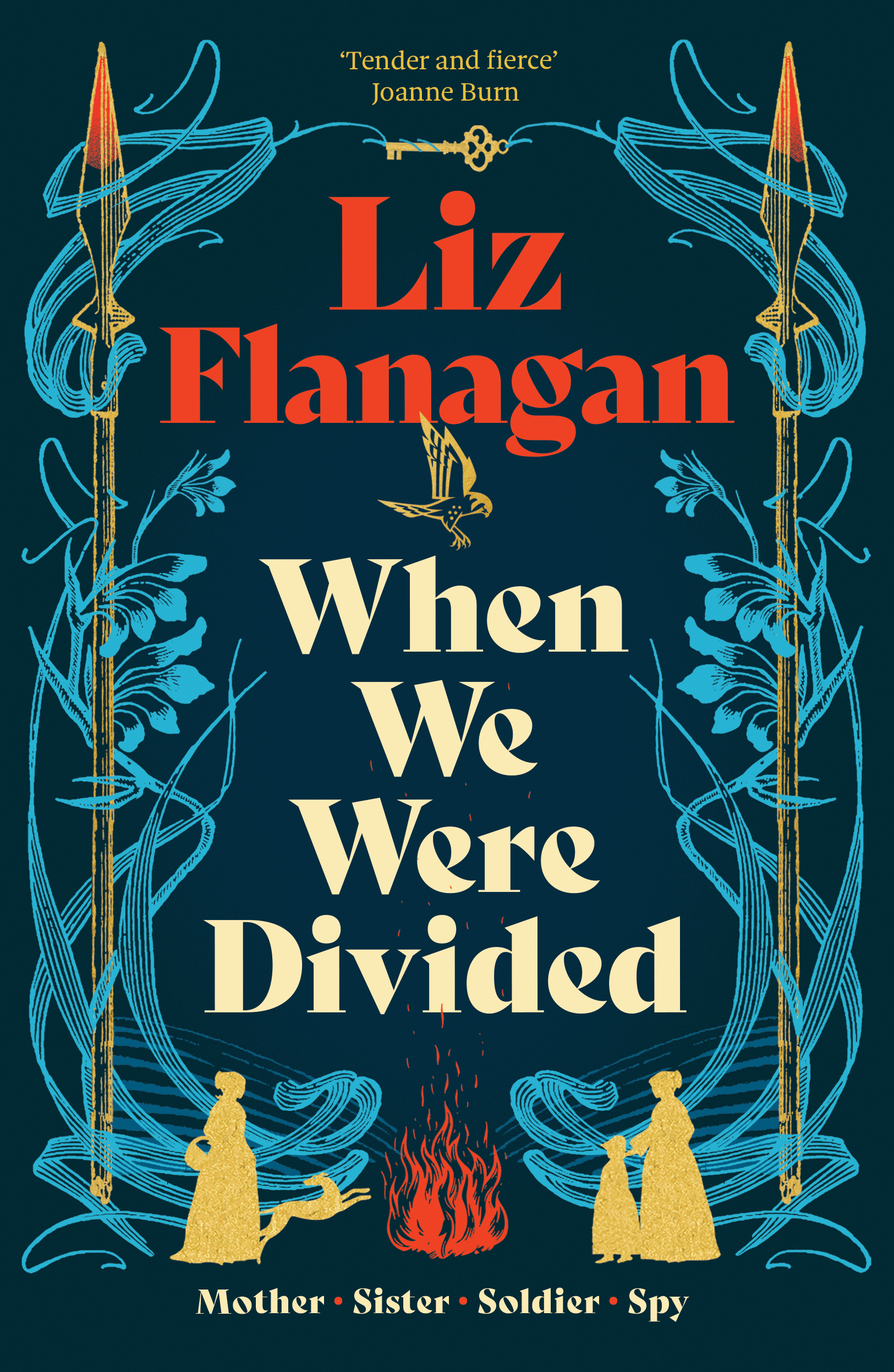The Beasts of Paris

As seen:
By Stef Penney
avg rating
2 reviews
In Paris 1870, three wandering souls find themselves in a city set to descend into war.
‘A historical epic that Jessie Burton fans will adore’ GRAZIA
‘Exquisite, relevant and immersive’ ANNA MAZZOLA
‘A triumph’ GUARDIAN
Anne is a former patient from a women’s asylum trying to carve out a new life for herself in a world that doesn’t understand her. Newcomer Lawrence is desperate to develop his talent as a photographer and escape the restrictions of his puritanical upbringing. Ellis, an army surgeon, has lived through the trauma of one civil war and will do anything to avoid another bloodbath.
Each keeps company with the restless beasts of Paris’ Menagerie, where they meet, fight their demons, lose their hearts, and rebel in a city under siege.A dazzling historical epic of love and survival, Stef Penney carries the reader captivated through war-torn Paris.
Praise for Stef Penney ‘One of the best storytellers we have’ The Scotsman ‘Penney works hard to fill her canvas with colour and conviction’ Sunday Times ‘[Her] prose is cinematic’ Independent ‘What has marked Penney out from the start is her ability to make her extensive historical research come alive’ Sunday Herald
‘Hypnotically readable . . . Stef Penney is a mesmerising storyteller’ Amanda Craig
TweetReviews
Here is my personal review of the book:
I went to an event by Stef Penney at the Wigtown Book Festival last year and was inspired to read this book, and suggest it to the book group because we read The Tenderness of Wolves a few years back and most of us liked it.
The book takes place in Paris in 1870-71 when the city is under siege at the end of the Franco Prussian war, food is in very short supply, with the animals in the zoo at risk. When the city surrenders, the generals and government officials are ousted, and the Paris Commune is set up, resulting in chaos and eventually brutality as the army re-takes the city.
Instead of the main characters being people participating in the politics of the conflict the story is told through the experiences of Anne, Laurence and Ellis who are all outsiders, because of nationality, ethnicity, sexual orientation, life experience and mental illness, although all try to help the suffering of the ordinary citizens and to save the zoo animals. I was particularly interested in Anne’s story and her fascination for Marguerite the tiger, and was pleased that she found sanctuary away from Paris. I noticed the similarity between Laurence and the character of Francis from The Tenderness of Wolves, and wondered if he had changed his name and travelled from Canada to take part in this book.
There’s a large group of supporting characters who are not always what they seem at first, with the events of the siege and the commune bringing out unexpected sides to them. The photographer’s daughter who initially seems sympathetic gets engaged to the avaricious butcher who sells exotic meats sourced from the zoo to his rich customers, Fanny the nude model takes up arms on the barricades.
The action of the book starts off slowly, with a bit much scene-setting and characters meeting up in bars, but the last third is exciting as the army re-take the city, the zoo animals roam the streets of Paris and we wonder who will survive. The animals are of course a metaphor, and the real beasts of Paris are the people.
I enjoyed this book and would award it 4 stars.
Thanks to Charlotte at Quercus for copies of the book for our group, and the wonderful bookmarks.
And here is a summary of the group's discussion:
Whitley Bay Book Group discussed The Beasts of Paris in May 2024
We were divided as always about this book. Most of us felt it had a good sense of place, and expressed well the claustrophobia of being trapped inside the city. Those of us who were not familiar with this episode of history had to do a bit of background reading.
Some of us felt there were too many characters, with a wide range being introduced before it became clear who the main characters would be. Some of us were not engaged by any of the characters, some were interested by the Laurence/Ellis love story, and some by Anne’s journey.
Most of us found the beginning rather slow, but the final third gripping.
The zoo metaphor didn’t work for everyone – as some found it laboured and over-explained. Some liked the way that the zoo metaphor applied particularly to the character of Anne, who started the story in a mental institution, in captivity and on display, which explains why she is drawn to the animals.
Discussion of Marguerite the tiger led us to consider other tigers in fiction, including Tigger, Shere Khan, The Tiger who came to Tea, and Richard Parker the tiger in Life of Pi. This reminded one of us of a short novel by Edgar Allan Poe, in which a character called Richard Parker is eaten by his shipmates after a mutiny leaves them without food and drink. Decades later, a true story is reported in which a cabin boy called Richard Parker is killed and eaten in similar circumstances. The name is then used by the author of Life of Pi for his tiger, so perhaps Marguerite is a continuation of the theme.
We awarded the book between 1 and 4 stars, with an average of 3.
This book started with great promise. The first chapter was intriguing. A visually strong sense of place was swiftly established and a series of cliff hanger chapter endings drew me in . However by page 25 twelve main characters were introduced in rapid succession and it was challenging to absorb all the strands of the plot. The author also had a tendency to litter the narrative with unfamiliar vocabulary eg obsidional and inchoate which I found both distracting and irritating . The middle section of the book was let down by several poorly written homosexual encounters. The phrasing became increasingly flamboyant as Lawrence was ‘ambushed by desire’. Once the author turned her attention to focus on the story telling the finale of this book was gripping. I liked the way authentic news reports from different viewpoints were used to support her description of the brutal confrontation between Government troops and the Commune in Paris 1871. The true meaning of the title was revealed as it became evident that the term Beasts of Paris was not confined to the four legged creatures in the menagerie . I would like to thank Charlotte Gill at Quercus Books for providing copies of this book to Whitley Bay Book Club for review purposes.



